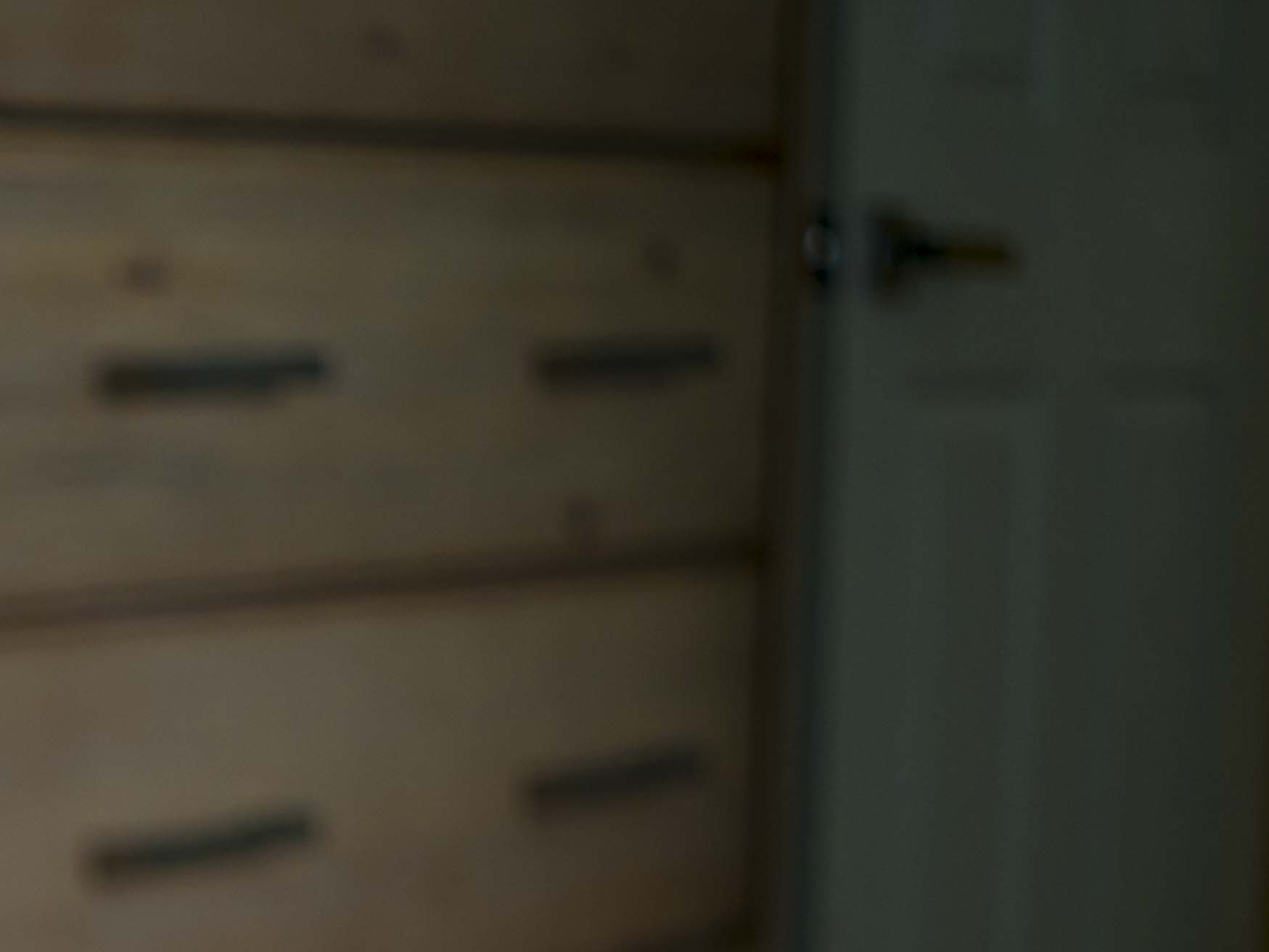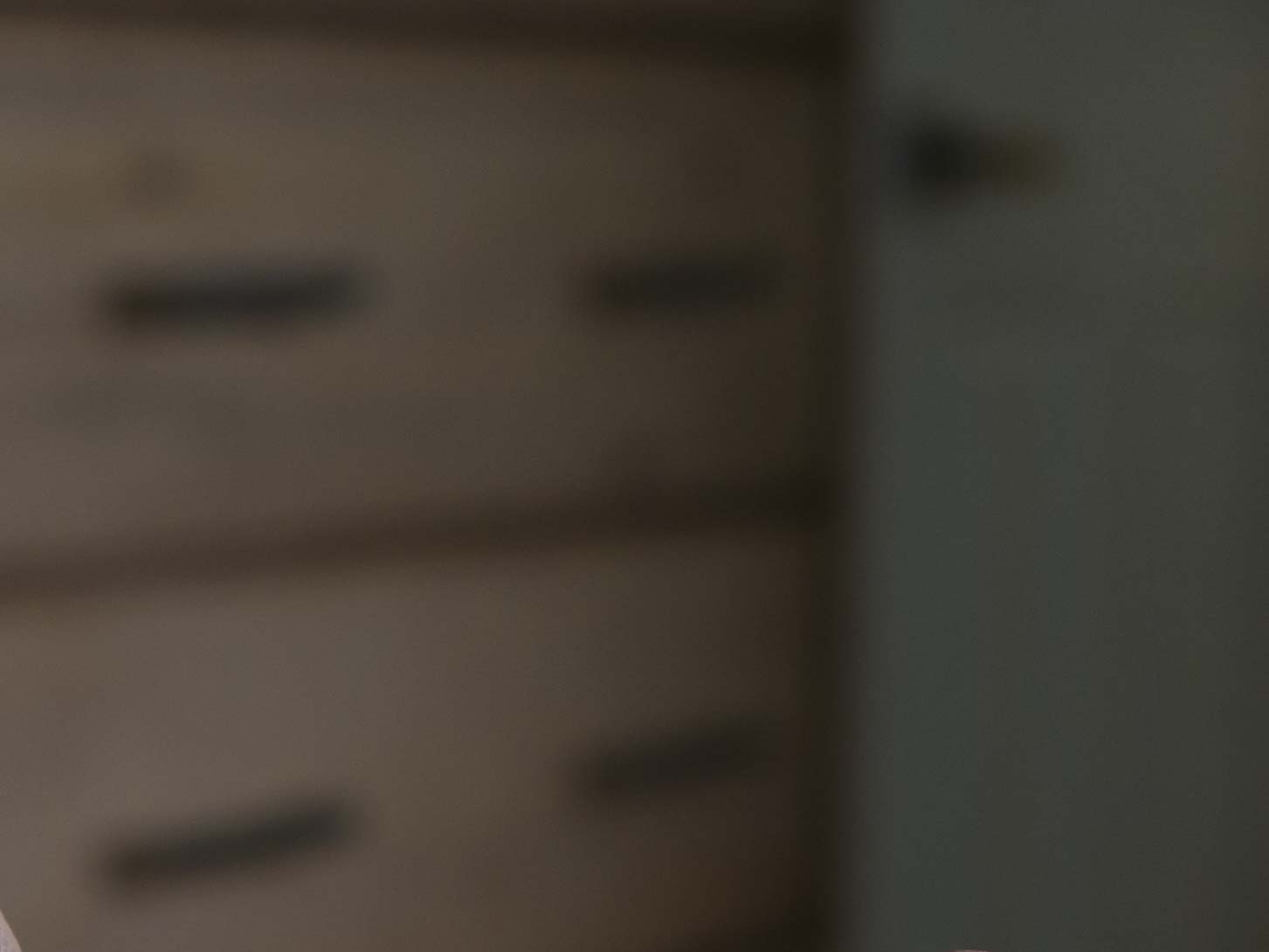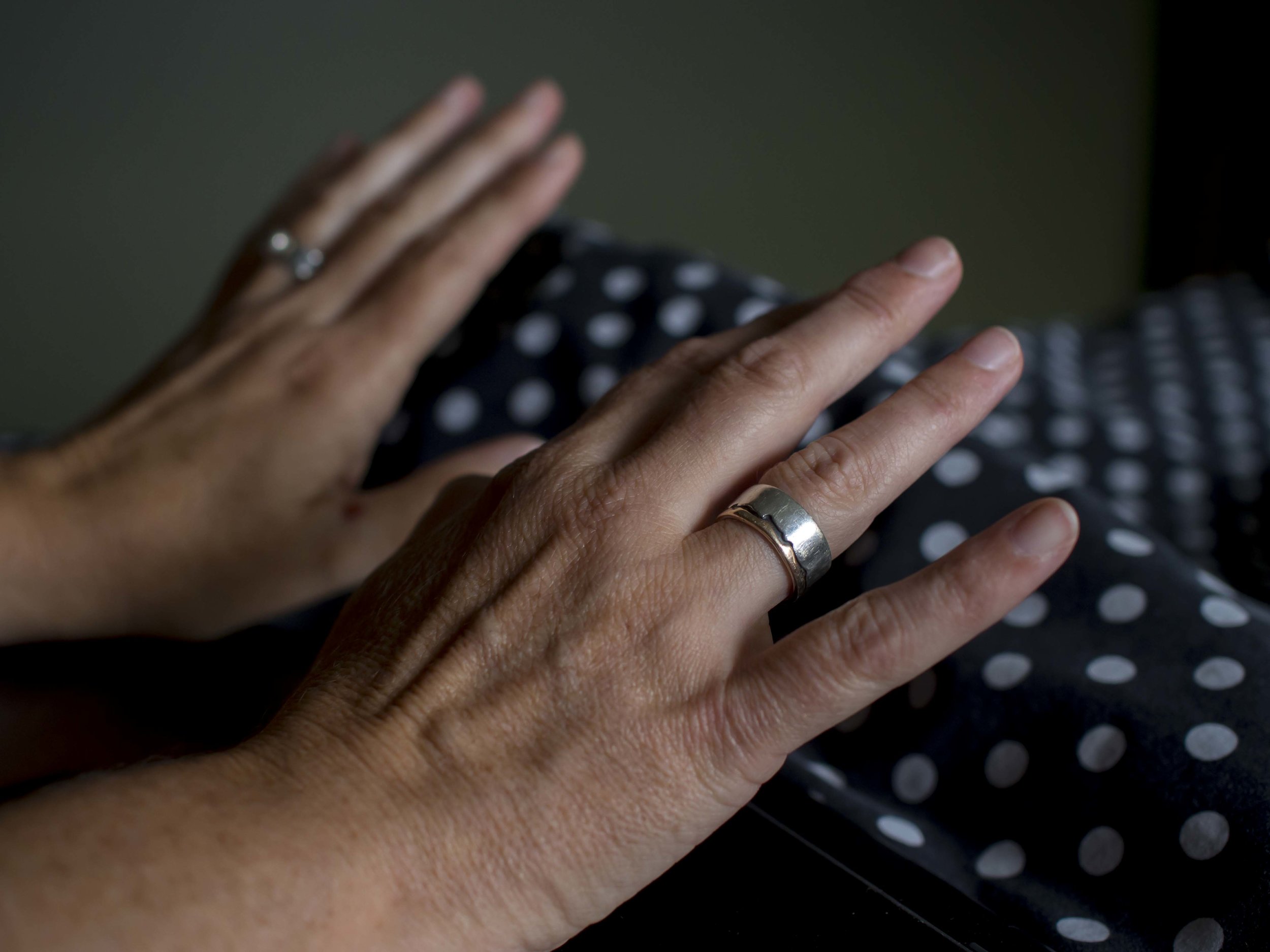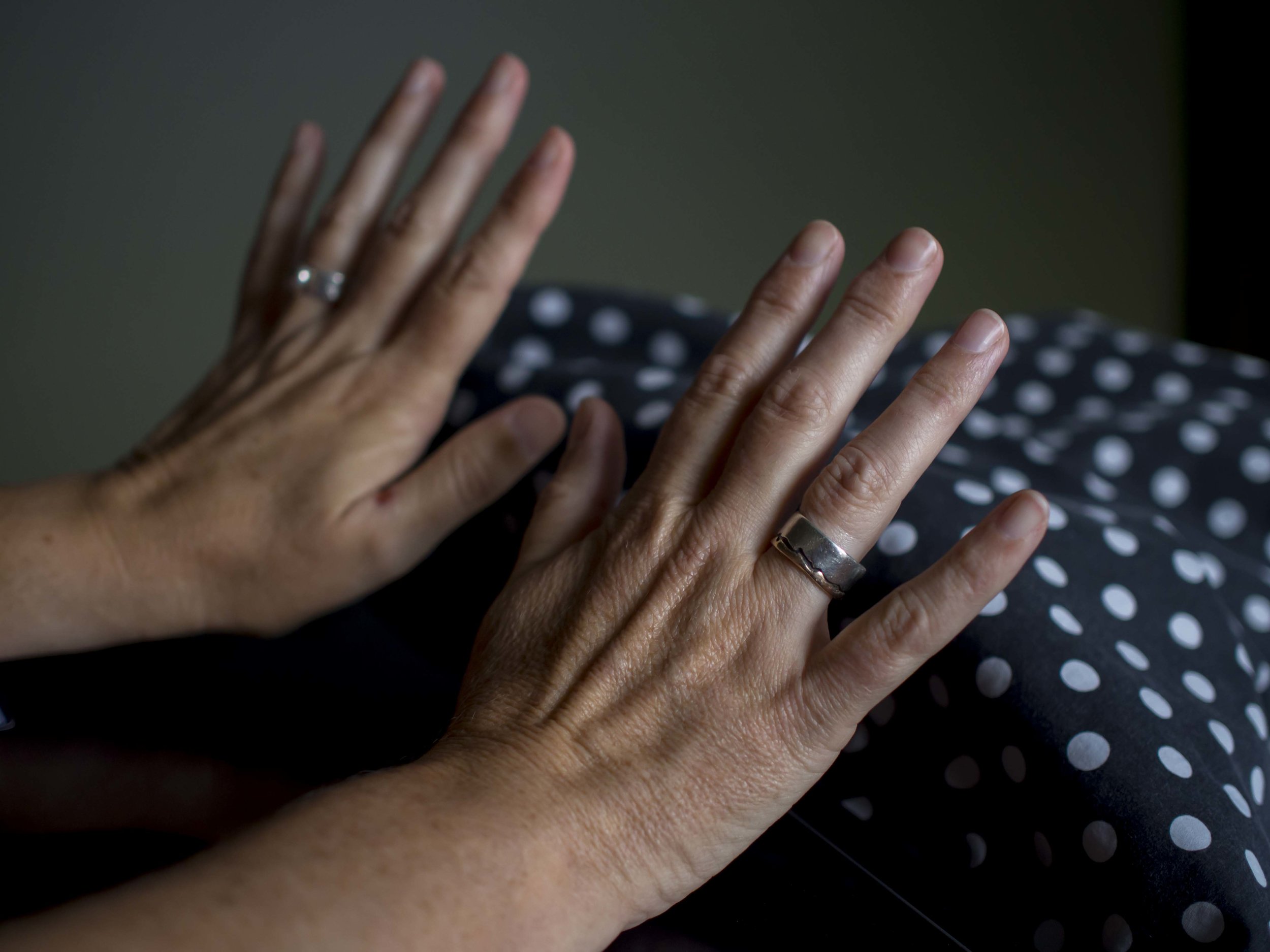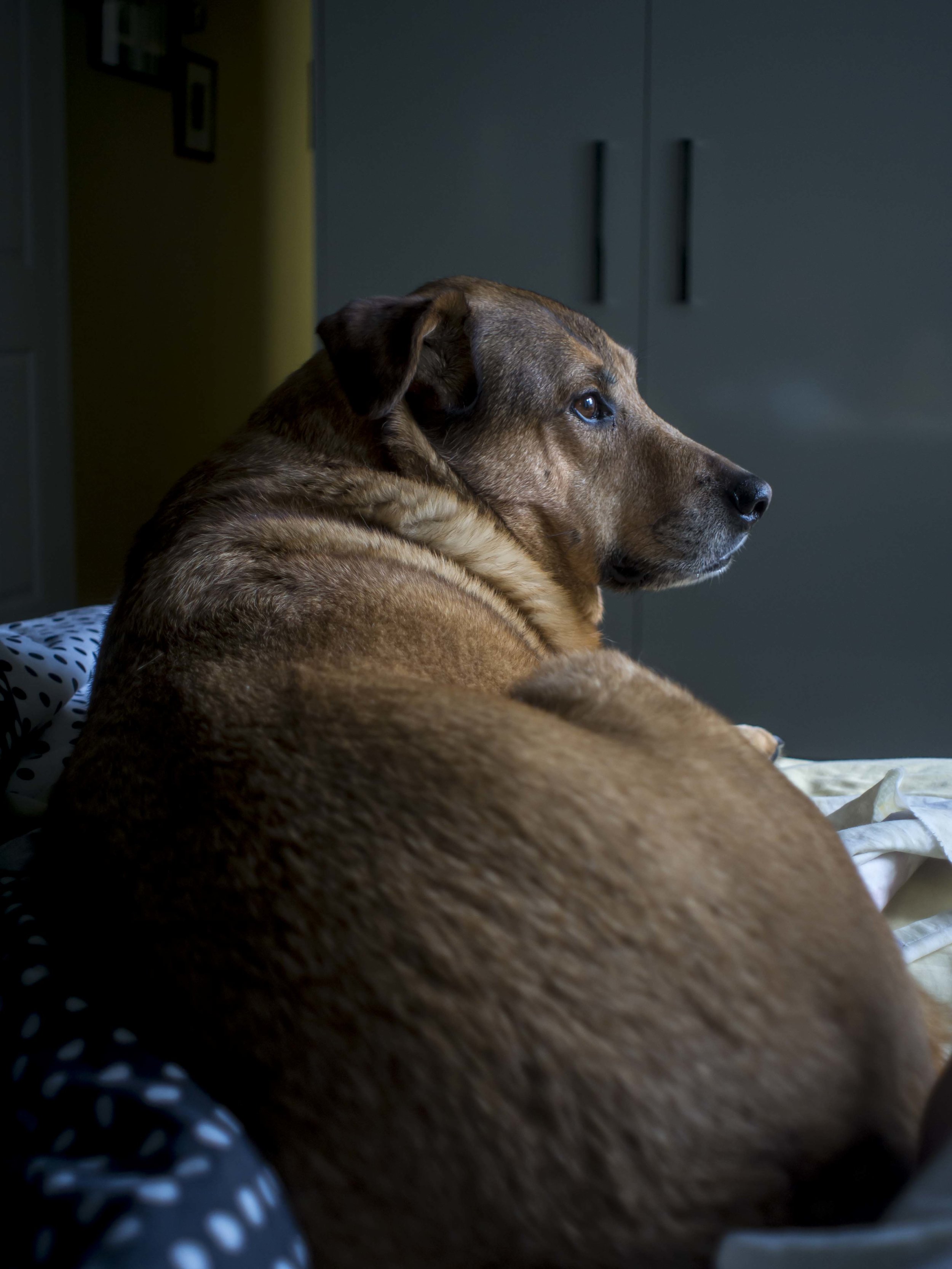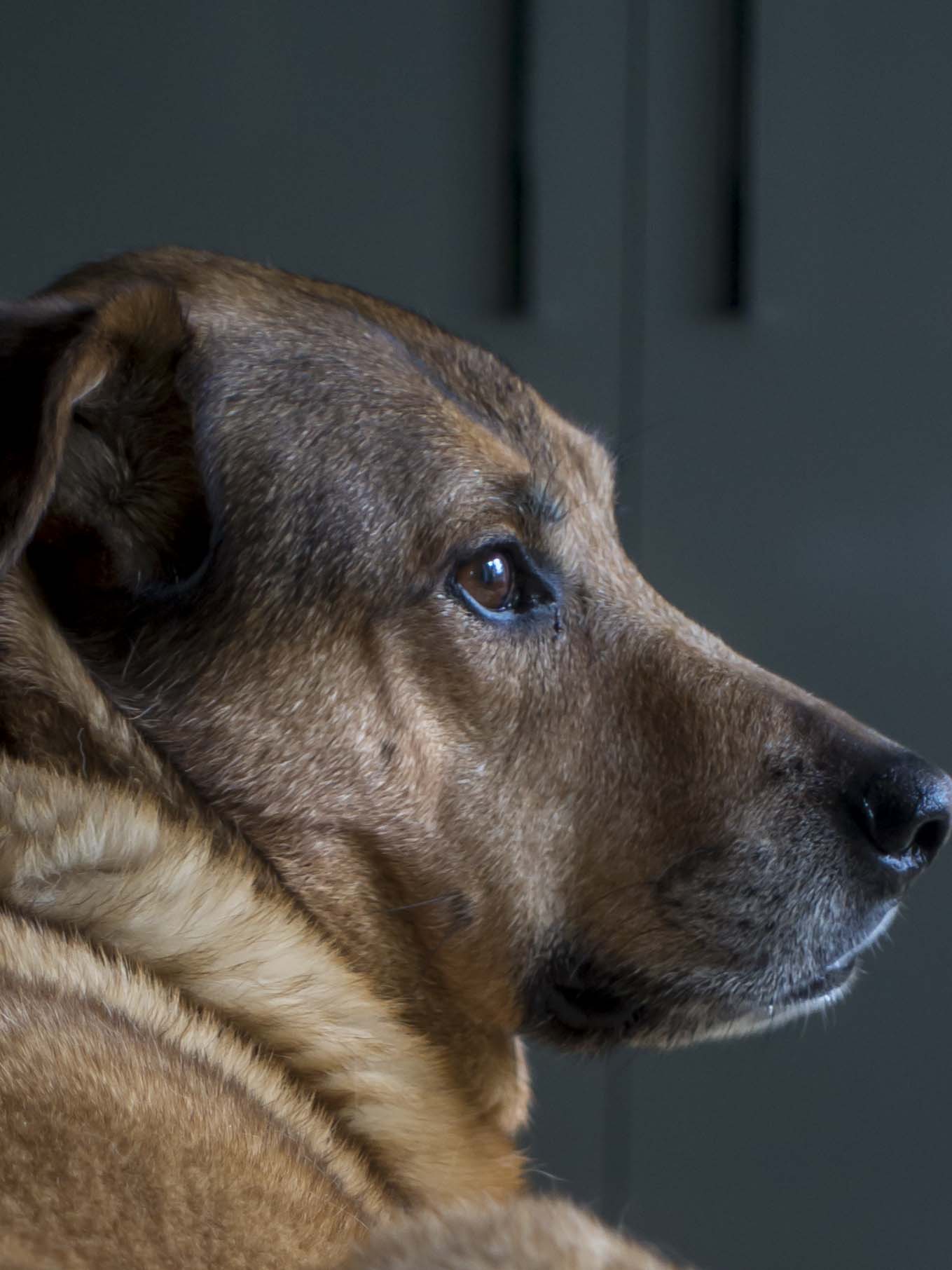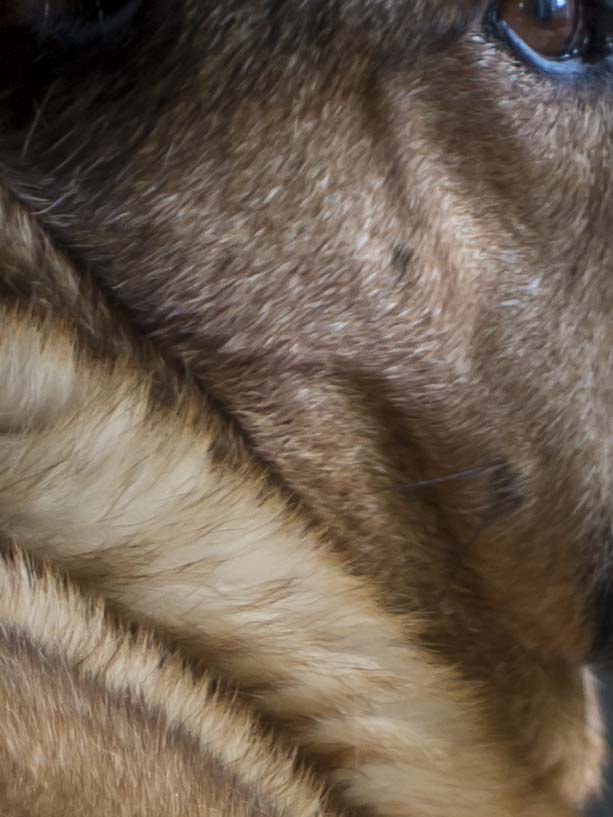The post on Petapixel/Yannick Khong about the 3D rendering of older lenses* got me pondering the merits of my ancient Pen lens compared to my state of the art kit level 25mm.
First up, Bokeh
Same f2.8 aperture, roughly the same shooting distance and foreground focus point (hard to be scientific when you can’t even be bothered to get out of bed). The Bokeh is obviously different with the older lens. It is looking a lot like the 17mm f1.8’s rendering, messier but more coherent of OoF details. I love how the older lens (left) treats colours with an antique touch, except the skin tones of my wife’s foot (the missing focal point) were a touch washed out. The out of frame green wall has a beautiful 70’s film look (see below).
Again, the old lens on the left. This file has had a little treatment (lightened and with de-hazing applied which it often requires at f2.8), but the bokeh was left alone. The new lens looks smoother and more settled, but possibly less interesting. The wider than 25mm true focal length of the new lens really shows out here to. The third image is the new lens at f1.8. Typically razor sharp on the point of focus, the DoF drop-of does not look to be as dramatically different to the 2.8 image as the aperture should suggest (even allowing for the slightly greater distance). This possibly helps support my theory that the drop is by design more dramatic (modern on-trend) with this lens and any wider aperture can apply it.
At these distances the older lens seems to hold up well for sharpness etc, but as with a lot of older film generation lenses, “biting” sharpness and fine detail resolution are not there, because it was simply not needed. This was true also of some well loved old Nikon, Leica and Contax/Zeiss glass I have used.
It must be burdensome to lens designers these days. They know that a lot of less measurable lens characteristics are relevant, but modern scrutiny does not allow them the freedom to express that. An current example of this trend is comparing the three Olympus 17mm lenses. The 17mm f2.8 has a pleasant three dimensional and natural look, but gets canned for it’s sharpness and CA. The 17mm f1.8 has a utility perfectly designed for street and documentary photography, but is again poorly rated for test bench performance, where the 17mm Pro is near “perfect” in it’s Bokeh rendering and sharpness, but without the character (designed acceptance of “flaws”) the older two show.
I think the Panasonic/Leica glass gets hard done by here. A lot of reviews have said the Olympus trio are technically better, but to my eye, I actually prefer the Leica lenses, even the plastic 25mm over the Oly pro.
What the new 25mm is best at, sharp plane of focus and smooth fall away. the spotted sheet is a Bokeh torture test, that it handles well enough. Remember this is a 25mm lens, not a 50mm as on a full frame, so the DoF is coming from a wide angle by FF measurements. The Olympus engineers have possibly worked to exaggerate the drop off of DoF to help smaller format users get the bigger sensor look.
*I am still on the fence about the 3D vs flat look debate. There is something in specific cases and the data is reasonable and probably provable, but i do not feel it has much effect on (my) photography as the muddy middle ground of most gear and situations. The love I have for my 17mm, which has always gone against technical measurement, is possibly explained by this phenomenon as is my “one trick pony” feeling towards my 75mm, but I do remember having similar feelings towards the 135L, (especially compared to the more powerful 200L) I used for years before, and that is rated at the other end of the scale to the 75.
Personally I do feel there I a predictable flatness about the rendering “feel” of some of my Olympus glass, but some of my favourite images have been taken with them, so on a case by case basis, I can live with it.
More 3d than most? This is the 1DsMk2 with the 135L at work in an old file, the original lost to time. The problem is, and this is the rub, you need direct comparisons to be able to tell. if that is the case, then does it just fall into the same category as the pixel peeping race and sensor filtering levels, irrelevant without head to head comparison and micro scrutiny?
The argument may also be subject to personal taste.
I know that when I show people two similar images with different Bokeh rendering, they may respond differently to the two images, but often do not pick why. If the difference is pointed out, they can often see it, but equally often could not care less.
When the same exercise was tried on some friends and family they simply did not recognise the difference in “flatness” because identical images were not shown and the difference was too subtle. I will not dispute there is a strong argument for the phenomenon existing, but I do doubt there is enough feeling of loss out there to make a difference.
The people who will know and care will know why there is a difference, but the common shooter, even pro’s will be too obsessed with sharpness, convenience, Bokeh (a term they can latch onto even if misguidedly**) and prestige to shift thinking. These people may respond to a particular lens as we once responded to Bokeh, on an instinctive level, but without any recognised terminology or awareness to apply to that instinct they will use terms like “snappy”, or “glassy” even “three dimensional”, without thinking more deeply on the subject. Like film to digital or even film to film changes, the current look of lenses it is now fashionable and accepted, so it will take a powerful and compelling new fashion to shift it.
This is exactly the point Yannick makes himself.
**I think it highly ironic, that the pervading lack of understanding of the varieties and applications of all of the many different types of Bokeh has created a hunger for “perfect” blur only. True masters of Bokeh or lens rendering “character” will use the right type for it’s best application. Flat Bokeh, begets flat rendering. The problem arose I think when the Japanese awareness of Bokeh from a purely visual sense had to become a measurable thing in the west.
It got scienced to death.
I remember reading the first articles ever on Bokeh in Photo Techniques May/June 1997. The feel and look of the example lenses and their explanations by the photographer’s using them was emotional, exciting and seemed so very logical, but the one article I could not be bothered with was the scientific explanation. Bokeh balls…phuehgh!
